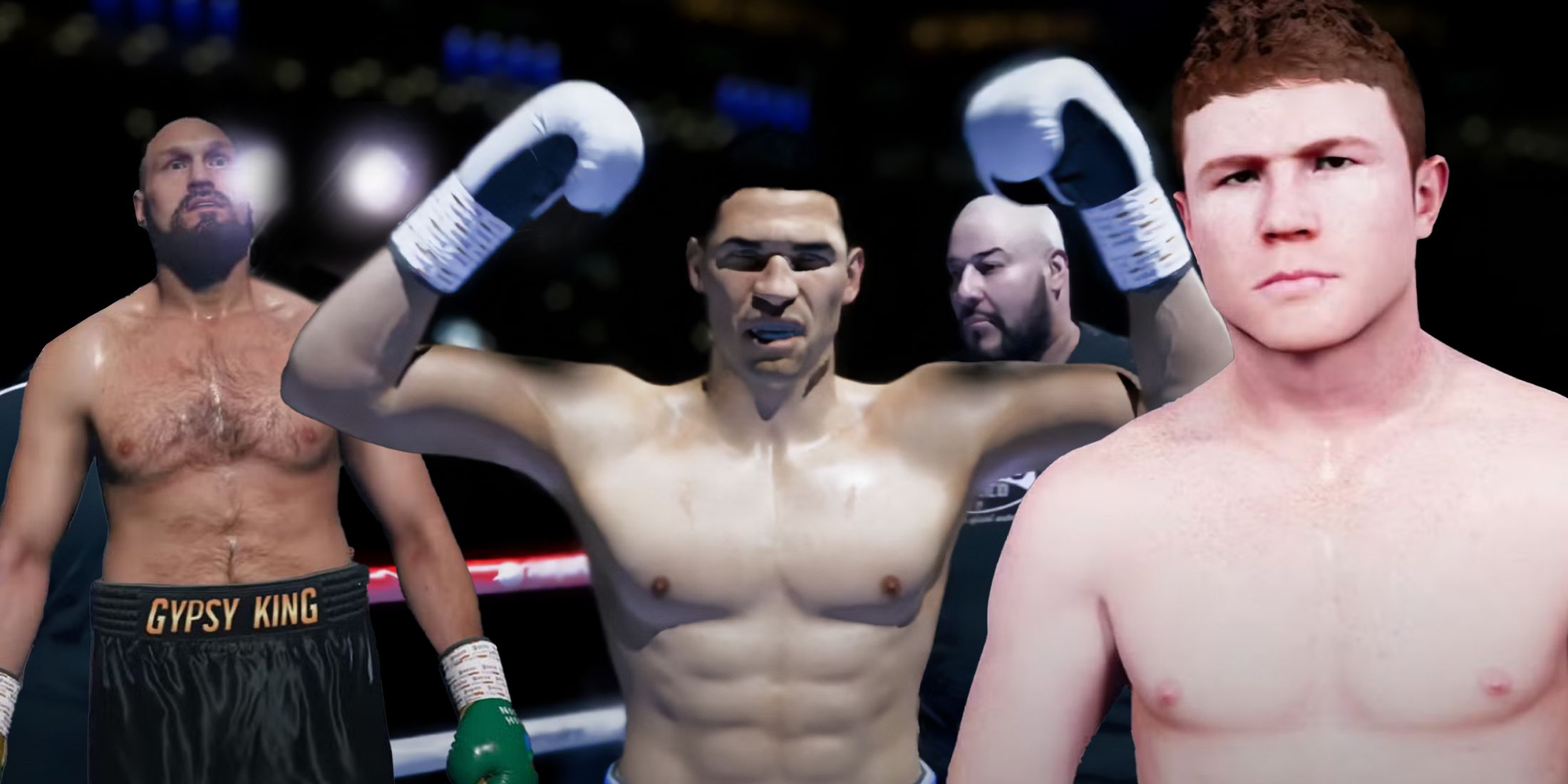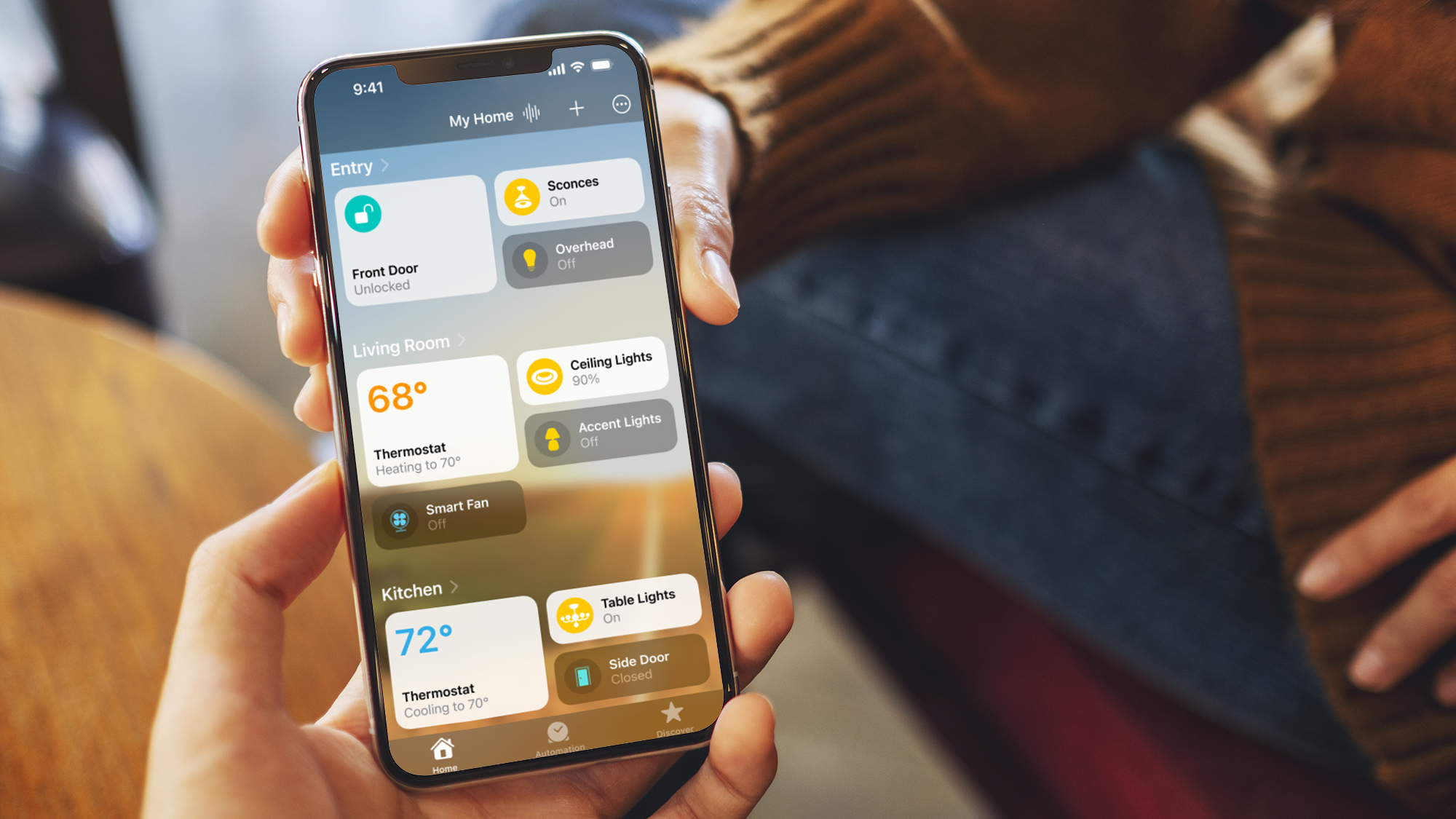WWW.FASTCOMPANY.COM
Want to boost your status? Show up as a likable badass
Alison Fragale is an organizational psychologist and a business school professor at the University of North Carolina Chapel Hill. Her work has been featured inThe Wall Street Journal,The Washington Post,Financial Times,Boston Globe, andInc.Whats the big idea?Your status among your peers and in your community may seem like an uncontrollable factor, by nature of it existing in the heads of others. However, there are actually many fun and easy steps you can take to supercharge your status in humble, authentic, generous ways.Below, Alison shares five key insights from her new book,Likeable Badass: How Women Get the Success They Deserve.Listen to the audio versionread by Alison herselfin the Next Big Idea App.1. Being a likeable badass is your path to status.A likeable badass is someone who shows up as both caring and capable. When people see you as caring and capable, they grant you status. That is, they respect you and hold you in high regard.Status is a fundamental human need. We all seek status, and it is critical to our quality of life. Feeling respected improves physical and mental health. It also makes it easier to gain power, another fundamental need. The more we feel valued by others, the better our lives are.Our status only exists in other peoples minds. We only get as much status as others grant us. Fortunately, we can influence our status by how we show up. Science shows that people respect those who care about others and are good at what they do. Showing up as a likeable badass is the most controllable way we can affect our status.2. Use your skills to help others.A young woman who was active on Instagram lamented that her older (mostly male) work colleagues saw social media as frivolous kids stuff. She didnt want to abandon something she enjoyed, but she also wanted to build her status at work.I asked her, Have you ever tried to use your social media skills to benefit them?She looked at me, confused. What do you mean?I suggested she could offer to post on the company social media accounts or give suggestions for how colleagues could improve their personal social accounts. I explained that I was active on social media, but not having grown up with it, I know theres a lot I could do better. Id be overjoyed if someone offered to help me edit my profile or give me suggestions for content.By doing what you love in service to others, you will be authentic and strategic.Using your unique skills to help others is the most effective way to gain status. You will appear helpful and knowledgeable. By doing what you love in service to others, you will be authentic and strategic.3. To build status efficiently, find yoursmall deposits.To build your status with many people, you need to find ways to add value to other lives in ways that dont require much effort. Fortunately, there are many small deposits you can make that take minutes or even seconds.Imagine meeting a new acquaintance for coffee, and you offer to pay. Thats a kind gesture, but it doesnt distinguish you as a capable person. What if instead of (or in addition to) buying the persons coffee, you offered to introduce them to someone in your network? An email introduction is free and takes only minutes to write, but its a great way to show up as capable and caring. You signal that you have something valuable to offeryour networkand youre willing to share this value with others.Beyond the introduction, there are lots of small deposits you can make once you start looking for them. Suggest a resource, like a book or website, or offer advice on a problem theyre facing. Bonus points if you type your advice out so you can share it with anyone at the click of a mouse. For example, Ive written out my process for finding and hiring childcare because many parents value this advice. I can now offer guidance to anyone who asks in less than 30 seconds by sharing the documents Ive already created. Find a small deposit that feels authentic for you and that you can do quickly, so that you can add value to lots of people in little time.4. Have a good answer to everyday questions.Like it or not, self-promotion is necessary for building status. People are more likely to know about your talents and contributions if you tell them. But talking yourself up doesnt have to be icky or immodest. There are lots of artful ways to tell your story.When people ask you, Whats new? or How are you? thats an opportunity to tell your story. We often waste these opportunities by saying something uninspiring and uninformative, like Im fine or Busy. But with not many more words, you could say something that inspires curiosity in your listener and opens the door to tell your story.This conversation only happened because he answered my throwaway question well.I recently ran into a friend at an event and said, Hows it going? simply out of habit and politeness. He smiled big and said, I. Had. The. Best. Day. Today. That made me curious, so I asked him why, and he shared a short story about how he had just secured a new client and that he and the client were very aligned on their commitment to serving others.It was only two to three minutes, but I learned a lot about my friends success that I otherwise would never have known. This conversation only happened because he answered my throwaway question well. And because he was responding to my direct question, his response came across as polite rather than self-promoting. Look for short, truthful responses to these everyday questions that enable you to tell your story in a natural way.5. Have other people build your status for you.People dont just learn about you from you. They also learn about you from othersparticularly what others say about you when youre not around. Self-promotion is necessary for managing status, and so isother-promotion: having other people talk about you in ways that convey how capable and caring you are.The more other-promoters you have, the faster you can build status with a broad audience. There are three things you can do to grow your set of other promoters:Meet more people.If a person doesnt know you exist, they cant talk you up. One of my greatest other-promoters is my friend and fellow speaker, Rachel Sheerin. I met Rachel in an airport bar. Your next other-promoter could be anywhere. Be curious about others and ask them questions. They will likely do the same in return. A five to ten minute conversation can teach a lot about each other.Convey that you are capable and caring, both in how you talk about yourself and the small deposits you make. Before someone sings your praises, you first need to establish your status in their eyes.Give the person a reason to pick up the microphone.They cant just think youre a likeable badass; you want them to share this opinion with the world. They are more likely to do that if you talk them up first. Most behaviors in relationships are reciprocated. If you sing someone elses praise, they are more likely to sing yours.Another way is to ask them. This feels a little scarier, but people who respect you want to help and will appreciate the clarity. I will often say something like, I know Bob really respects you, and I want him to respect me, too, but he doesnt get to see all of the great work Im doing, and I dont have a natural way to tell him. The next time you see Bob, will you make a point of artfully telling him about my work? Ive never had a single person say no to this request.If you want to increase your number of other promoters, I recommend my 10-10-10 challenge. This week, meet 10 people, make 10 small deposits, and talk up 10 people or ask 10 people to talk you up. Theres no reason building status cant be easy and fun.Thisarticleoriginally appeared inNext Big Idea Clubmagazine and is reprinted with permission.










